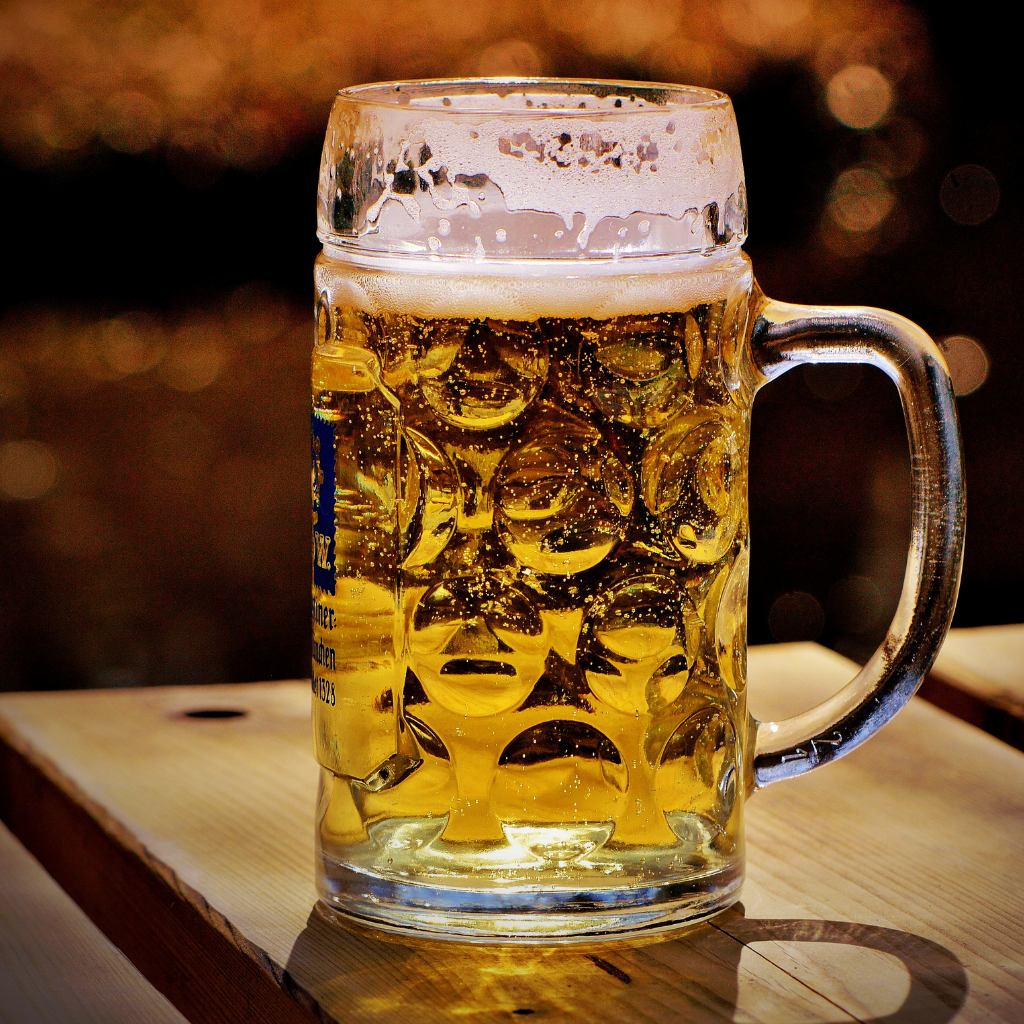The best Oktoberfest: our definitive guide to fall’s favorite beer

Without a doubt, Oktoberfest beer is the hallmark of fall festivity. An easy drinking, amber-colored lager, the beer seems to embody the season itself. In the way that fall becomes colder en route to real, winter cold; the lightly amber-colored body of the beer (which imparts its telltale malty sweetness), helps to transition beer drinkers into the bevy of full-on dark beer that awaits them in the coming months in the form of big brown ales, Porters, and imperial stouts.
The Oktoberfest style is traditionally referred to as Märzen (German for March) lager, as the beers were normally brewed in the third month of the year and allowed to sit until the fall when they would be consumed.
The familiar Oktoberfest moniker wasn’t applied to the beer until the early 19th century, when a Munich Fall Festival took on the name, and thus Märzen became “Oktoberfest” due to its presence there.
Like most things though, it isn’t that simple. Many Märzens brewed for the festival itself became lighter in body and color, and were referred to as festbier.
Today, in the warp-speed market of American craft brewing, Märzen, Oktoberfest, and Festbier are generally used interchangeably. And due to the similarities between styles, there’s really no reason not to do so.
For the discerning craft beer drinker, the lover of all things fall, and the person who walks into a bottle shop and is immediately confused and overwhelmed at the literal wall of Oktoberfest offerings: here’s what you need to know about Fall’s favorite beer.
Note: As a point of clarification, we’ll use the term Oktoberfest as a catch-all for all these style variants, while going into more detail about what each has to offer. Our general rule is Oktoberfest represents two different styles, the sweet, malty Märzen, and the lighter, crisper Festbeir.
BROUGHT TO YOU BY
The OGs: Traditional German Oktoberfest
While import beer has become less sought out following the meteoric rise of craft beer in America over the last three decades, traditional European styles still have a strong niche presence for certain occasions. And this is most definitely one of them.
Generally, traditional, imported German Oktoberfest will lean toward the Märzen style more than Festbier. These beers have a distinct, sometimes even heavy, malt body with rich notes of caramel and toffee. German Märzen drinks something like a cross between an Amber and a dark lager, capturing the decadent malty sweetness of heavier styles while maintaining a lighter, more drinkable body.
Due to their heavier body and stronger malt profile, these beers will generally contain more alcohol by volume than their American counterparts, with most pushing 6% ABV.
But during a crisp fall evening, maybe even surrounding a bonfire, this beer is the original for a reason: it’s just right.
Our favorite readily-available German Oktoberfest include:
Ayinger Oktober Fest-Märzen, 5.8% ABV
The gold standard for German imports for us, this beer captures a litany of rich malt tones and sweetness while maintaining a silky-smoothness.
Hacker-Pschorr Oktoberfest Märzen, 5.8% ABV
A close runner-up, this is a beer that’s been in American markets for decades (long before the craft beer explosion), and for good reason. You can’t go wrong with it.
American Revolution: Festbier Frenzy
While it’s not fair to classify all American craft Oktoberfest as festbier instead of Märzen, this is generally the case here in the states.
Most examples of American craft Oktoberfest feature less malt body, leading to a style that’s refreshing and easier drinking. True to form in American brewing, some (but not all) brewers replace the light and grassy traditional German hops for a blast of piney, citrus-forward American hops, leading to a very different, but very enjoyable beer.
And this isn’t to say that American Oktoberfest can’t feature malt either. The Oktoberfest from Columbus’ own Wolf’s Ridge Brewer (5.4% ABV) maintains a lighter body and traditional hop presence while featuring an array of bready malts that just feels like fall.
Here are some others we like:
Great Lakes Oktoberfest, 6.5% ABV
And this is where the purists cringe. While some deride beers like this, for us it represents a beautiful blending of styles. Featuring Mt. Hold hops instead of traditional German variants, this beer packs a surprising hoppy punch while still maintaining balance.
Columbus Brewing, Festbier, 5.3% ABV
In an accurate representation of the brewery, this one just hits all the notes. No one element stands out, but it’s all there: bready malt; light, earthy hop notes; and serious drinkability. This is the Festbier done right.
Land-Grant Brewing Company, Lawnraker, 5.5% ABV
Other than some great festive can art, this beer offers a surprisingly full body despite staying within the regular ABV range for the style. This beer captures some of the sweet, malty notes that many lighter varieties miss.
Note: there are so many good, local examples of Oktoberfest. It’s a shame we can’t include them all, but almost every Columbus brewery offers a really enjoyable take on the style.
The Innovators: Weird twists worth trying
One of the beautiful things about craft beer is its unabashed embrace of creativity. Here are some great examples of locally-available beers that twist the traditional Oktoberfest, offering something new while retaining the fundamental presence of the style.
Buzzsaw, Dubbstep, 7% ABV
One of Columbus’ newest breweries comes in with a banger here, only it’s not actually an Oktoberfest. The Belgian-focused brewery stays close to their roots with a Belgian Dubbel. While it’s not a Märzen, it hits many of the same sweet, malty notes that make the style so great.
Rhinegeist, Franz, 5.4%
While many might mistake this beer for an Oktoberfest, it’s actually not even a lager at all. This light amber ale mimics a lot of what lighter, American Festbiers have to offer, and with unmatched drinkability.
Schlenkerla, Märzen, 5.1% ABV
While we’ve showcased some truly fantastic beer in this story, we might be saving the best one for last. The Schlenkerla brewery dates back to 1405, and offers a traditional Märzen with beautiful notes of toffee and caramel. Something else sets it apart, though: smoke. The brewery smokes all of their malt on hickory wood, imparting a rich, hearty smoke flavor that makes this beer smell like a fall bonfire. Due to its sweet, full malt body, the smokiness is nicely balanced and not overpowering. If you can find this one, give it a try.
BROUGHT TO YOU BY




